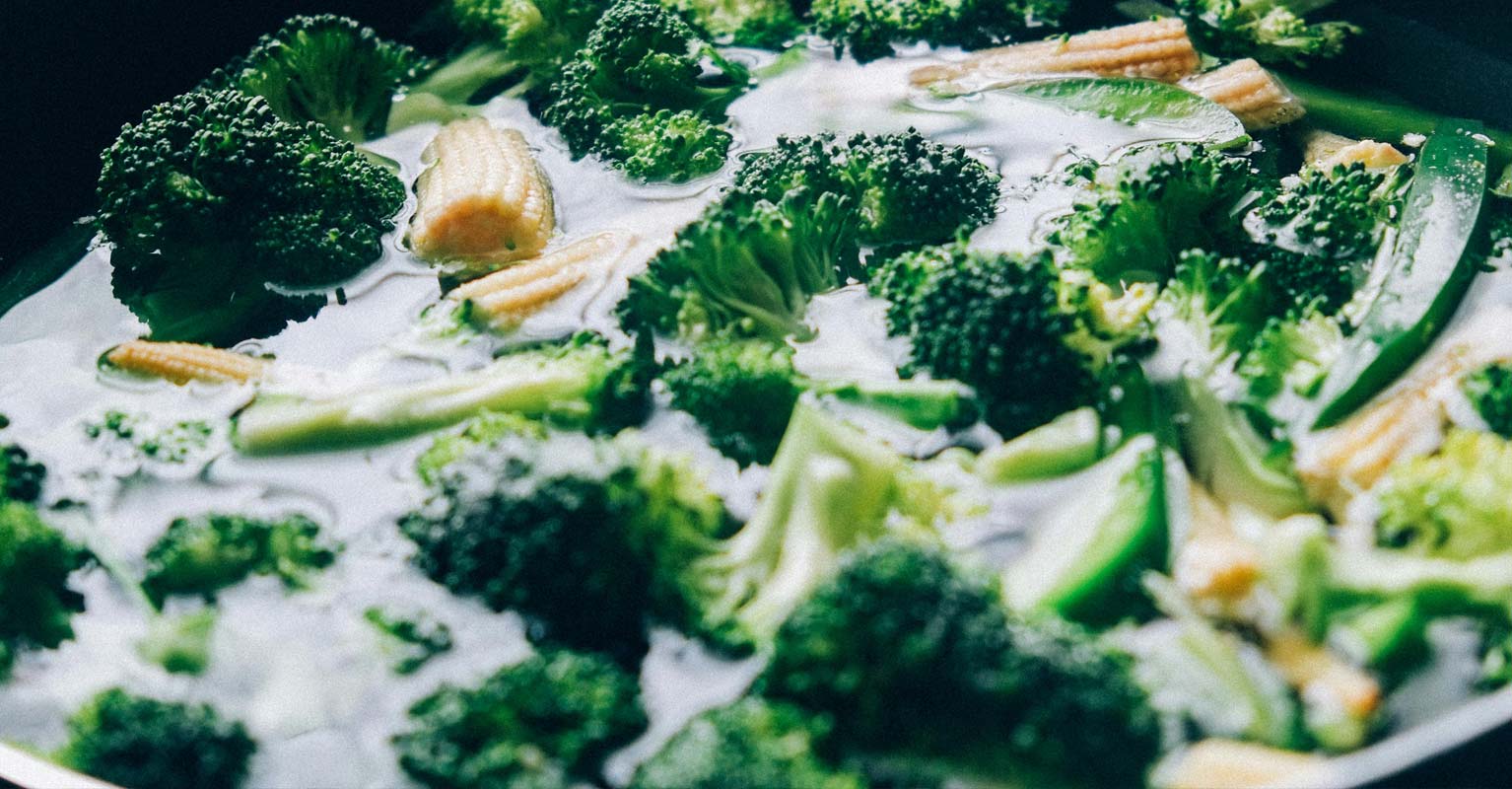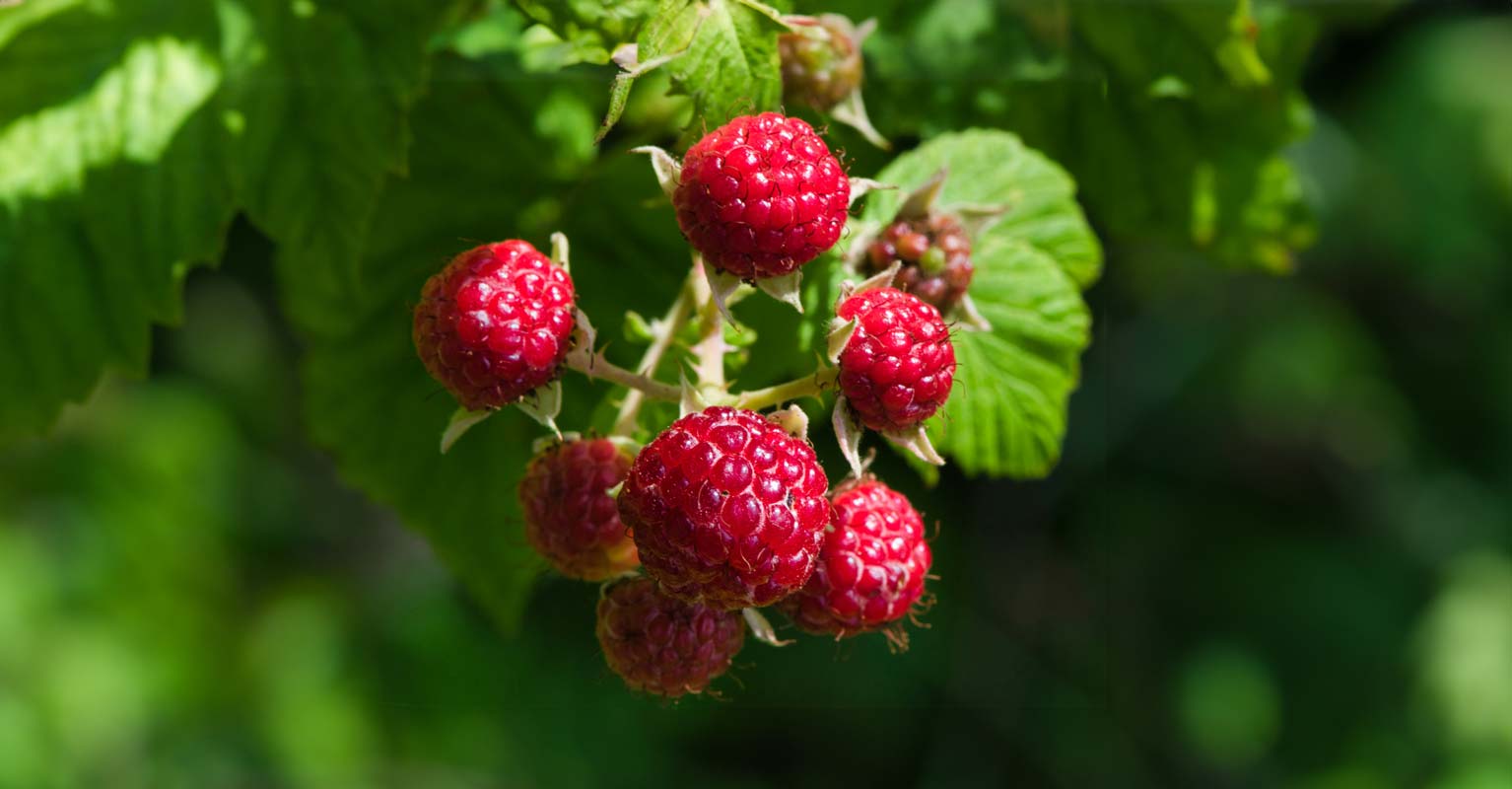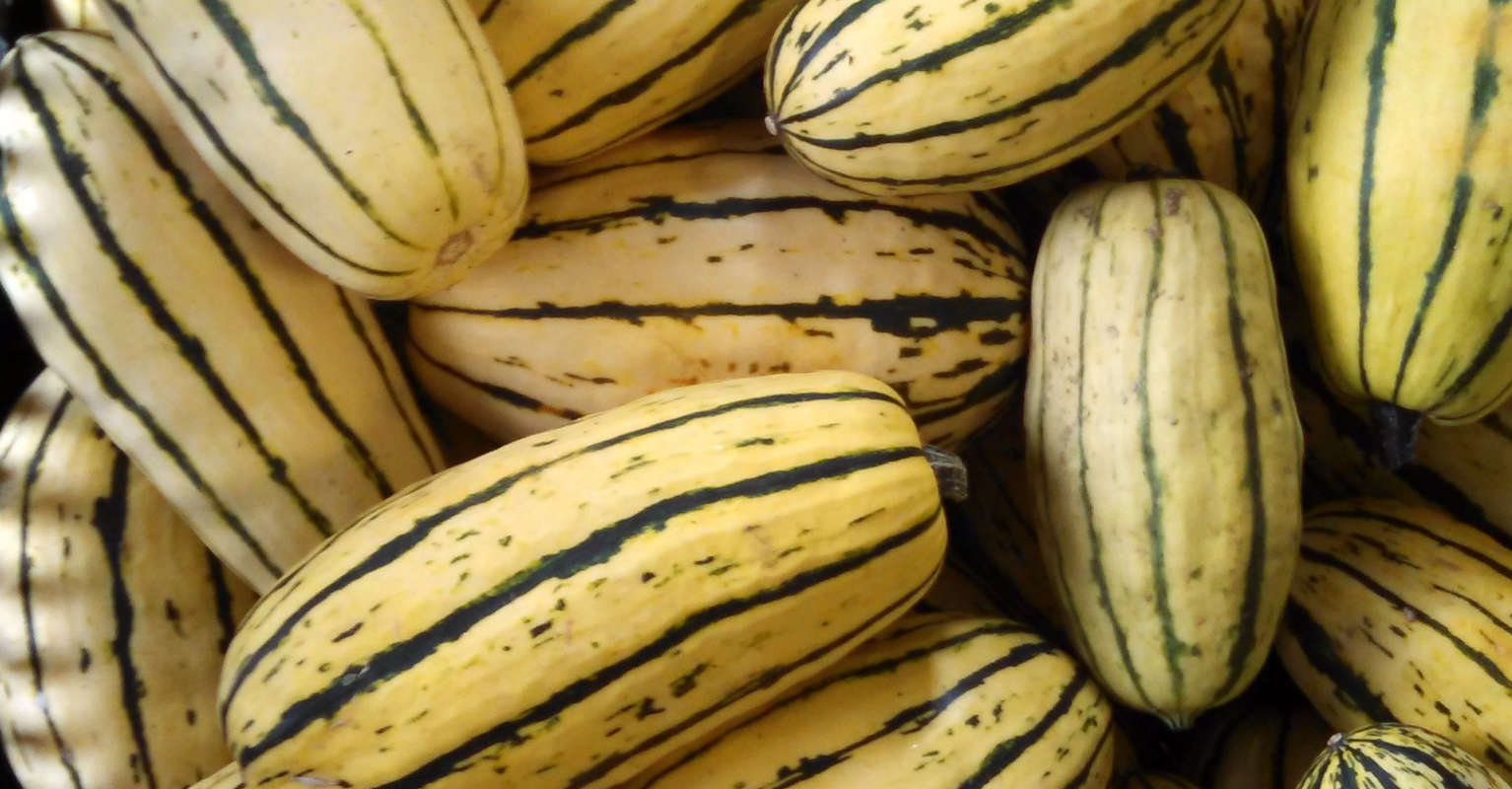Gribiche-Style Vinaigrette Recipe
WILD ASPARAGUS
“Early spring” is when the lilacs bloom in southwest Montana, and it can’t come soon enough, usually May or June. It’s also the time to find asparagus growing in the wild. Crunch down toward a riverbank and keep your eyes open—it’ll stand straight within high grasses and last year’s dried-out and wispy growth. The crown is underground and can last for decades, so where you find asparagus one year is the biggest clue to where it will be again.
As much as it likes it here, asparagus is not native to our area, so consider it a treat and pick yourself a bunch. You can grill it, roast it in the oven, or blanch it in boiling salted water and shock it in ice to preserve its color and crunch. Salt and olive oil are all you need, but some good Parmesan and a spritz of lemon are also nice. Eggs go great with asparagus, too. And this gribiche-style vinaigrette is worth the effort; it complements leg of lamb, pork loin, and charcuterie, any of which would make a festive spring meal.
MICROGREENS
Microgreens are baby plants typically grown in seed trays and cut from their seeds just after the first set of true leaves appears, usually 2–4 weeks after germination. Many growers in our area sell microgreens; you can find them at farmers markets and in groceries like Food Works and Town & Country Foods. You can even grow your own inside if you have a sunny window.
Seeds of tender herbs like chervil and cilantro make great microgreens, as do those of sturdier vegetables like radish, cabbage, and kale. They are packed with nutrients, so use them all the time—in wraps and sandwiches, on tacos and rice bowls, and scattered atop salads and plates of roasted vegetables. For a quick and delicious lunch, add a hefty pinch to a well-toasted piece of sourdough spread with cream cheese and a forkful of fermented or pickled vegetables.
NASTURTIUM
Long before we see flowers sprout from the ground, pops of orange and yellow begin showing up in bags of local salad greens and atop salads in restaurants— cheerful reminders of warmer times when nasturtiums mingle with tomato starts and herbs in backyard gardens. The flowers and leaves of nasturtium are edible and—guess what—you can even grow them from seed for microgreens!




